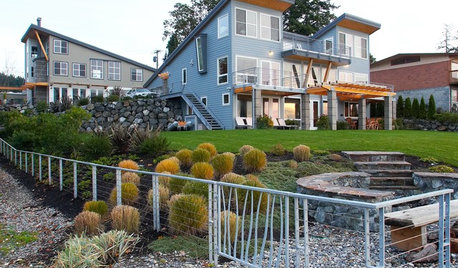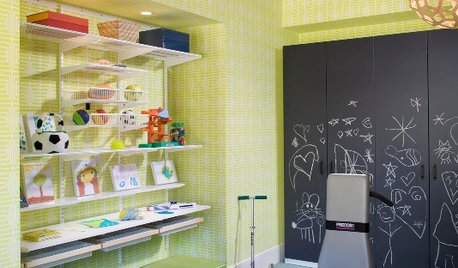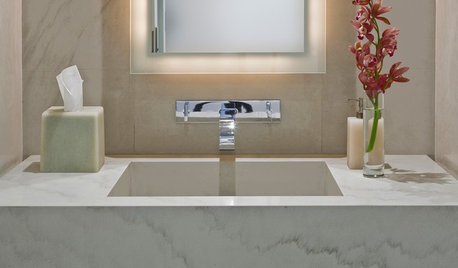dual water heaters
xracer
13 years ago
Related Stories

GREAT HOME PROJECTSHow to Switch to a Tankless Water Heater
New project for a new year: Swap your conventional heater for an energy-saving model — and don’t be fooled by misinformation
Full Story
GREAT HOME PROJECTSHow to Add a Solar Water Heater
Lower energy bills without a major renovation by putting the sun to work heating your home’s water
Full Story
HOUZZ TOURSHouzz Tour: Dual Island Homes for a Reunion-Loving Family
Breathtaking views form the backdrop for family gatherings on a generations-old Washington site
Full Story
HOME GYMSMeet Your Get-Fit Goals With a Dual-Use Gym
Carve out space in any room (yes, even the bathroom) for working out, and you can never say the gym is too long a haul
Full Story
BATHROOM DESIGNWater Damage Spawns a Space-Saving Bathroom Remodel
A game of inches saved this small New York City bathroom from becoming too cramped and limited
Full Story
SAVING WATER11 Ways to Save Water at Home
Whether you live in a drought-stricken area or just want to help preserve a precious resource, here are things you can do to use less water
Full Story
GREEN BUILDINGWater Sense for Big Savings
Keep dollars in your pocket and preserve a precious resource with these easy DIY strategies
Full Story
BATHROOM DESIGNGreen and Clean: Sleek Water-Wise Bathroom Fixtures
By choosing ecofriendly faucets, showerheads and even toilets, you can save loads of water and money without sacrificing style
Full Story
GREEN DECORATINGEasy Green: Big and Small Ways to Be More Water-Wise at Home
These 20 tips can help us all make the best use of a precious resource. How do you save water in summer?
Full Story
HEALTHY HOMEHow to Choose a Home Water Filtering System
Learn which water purification method is best for your house, from pitchers to whole-house setups
Full StoryMore Discussions











kalining
ontariojer
Related Professionals
Cheney General Contractors · Clarksville General Contractors · Country Club Hills General Contractors · DeKalb General Contractors · Forest Hills General Contractors · Gary General Contractors · Mishawaka General Contractors · Montebello General Contractors · Wright General Contractors · Cocoa Beach Solar Energy Systems · Ferndale Home Automation & Home Media · Glenview Home Automation & Home Media · Greenville Home Automation & Home Media · Manhattan Beach Home Automation & Home Media · Wilmington Home Automation & Home Mediaontariojer
brickeyee
ontariojer
mike_kaiser_gw
ontariojer
kalining
DavidR
pharkus
ontariojer
ontariojer
kalining
pharkus
brickeyee
ontariojer
pharkus
ontariojer
ontariojer
dkenny
DavidR
pharkus
netlos
brickeyee